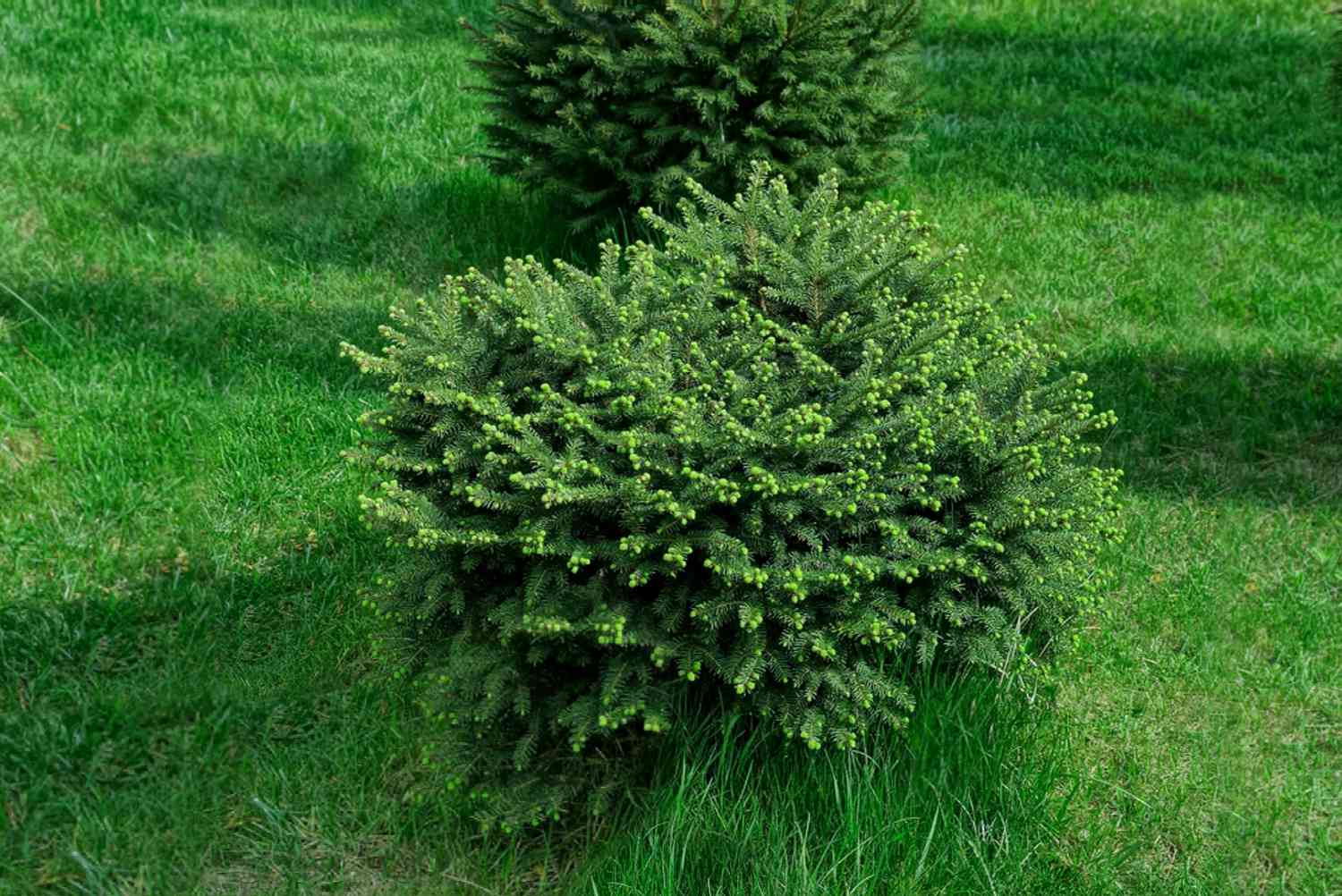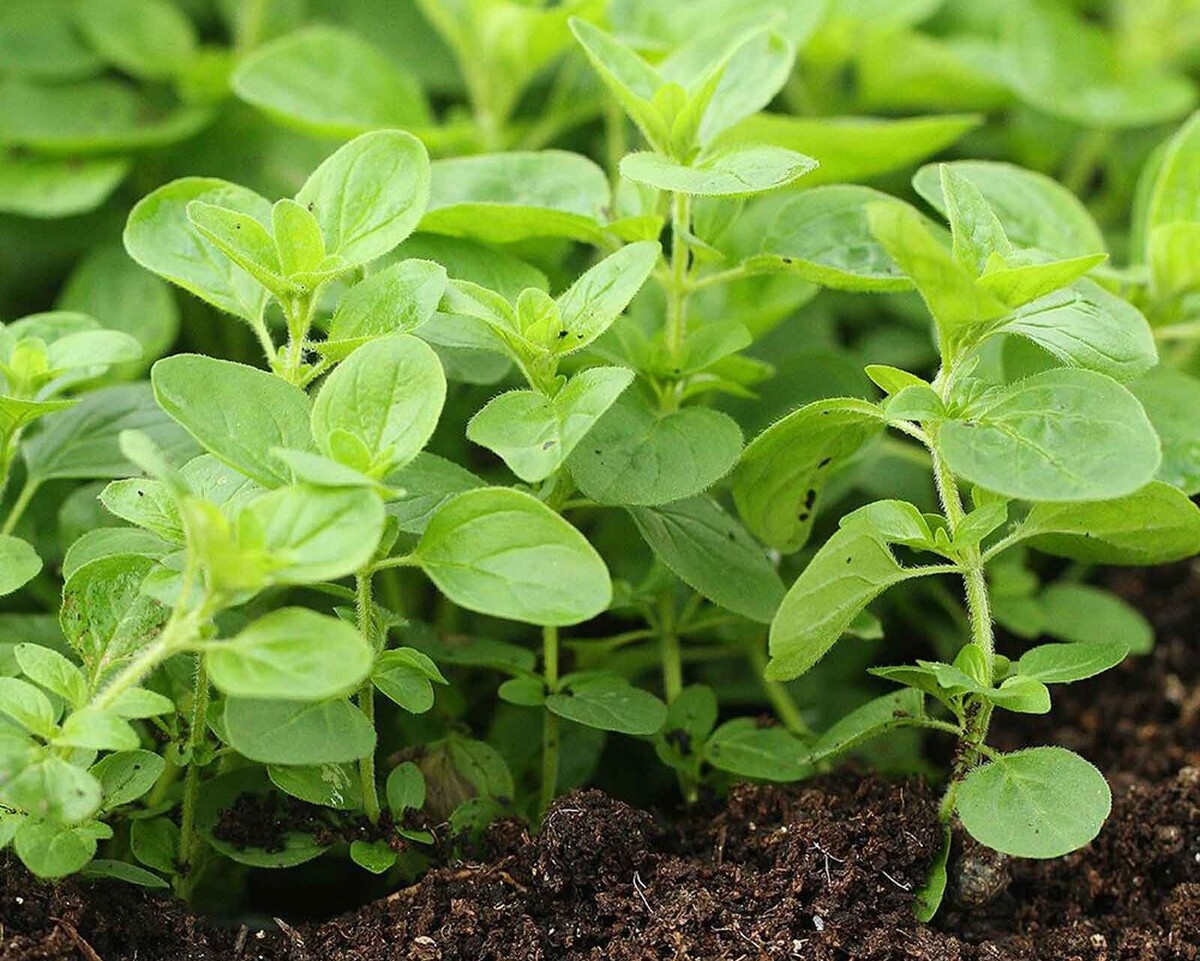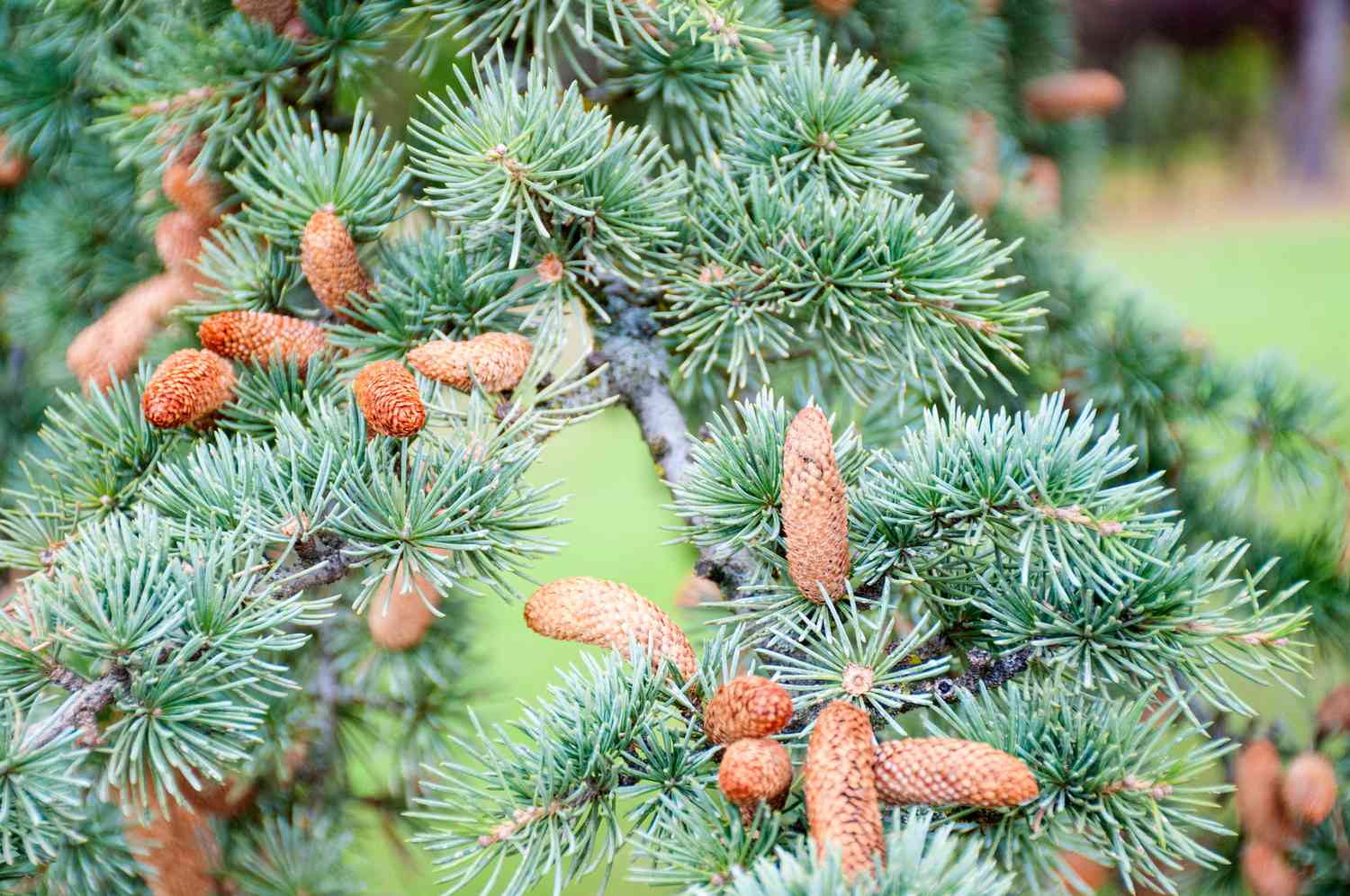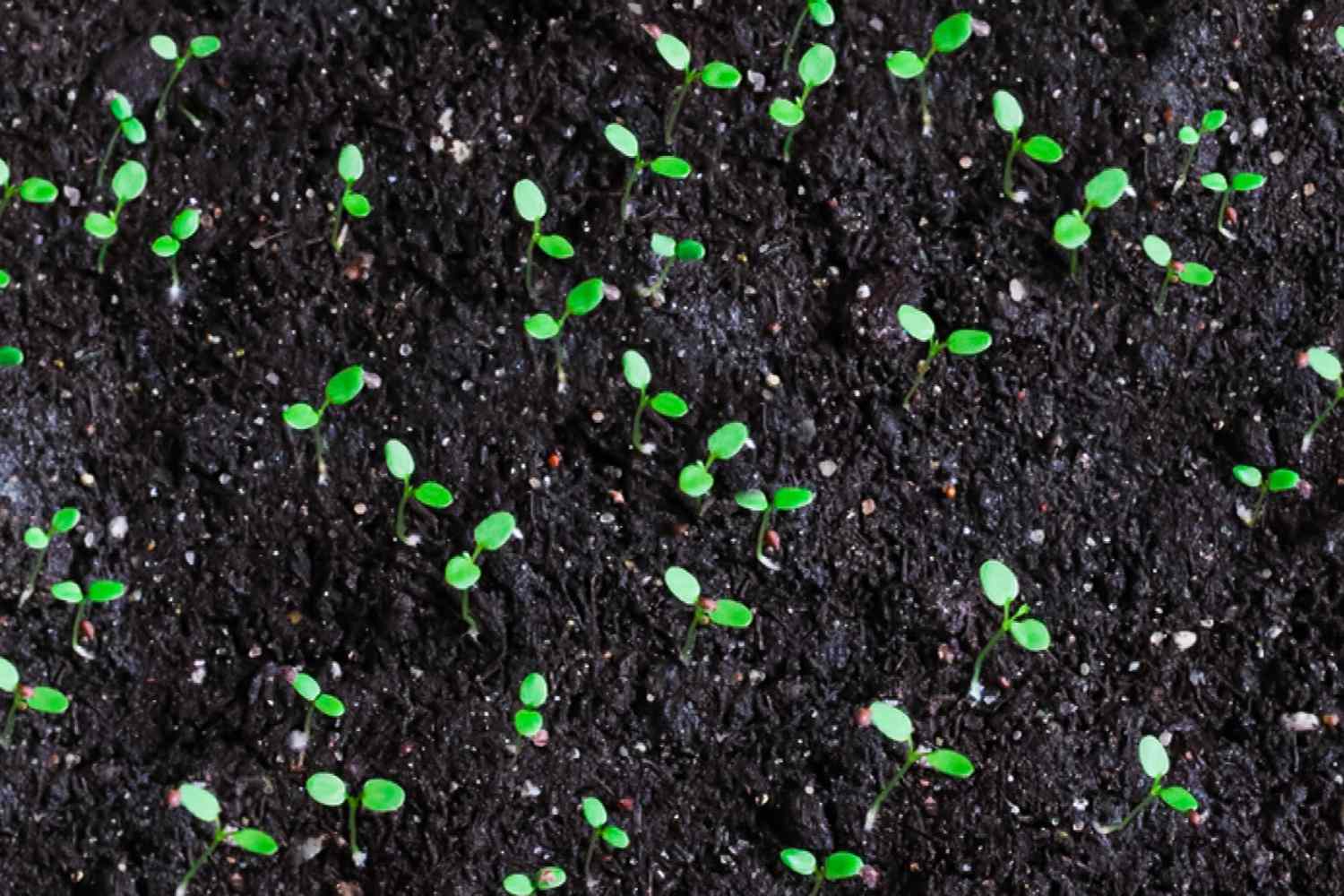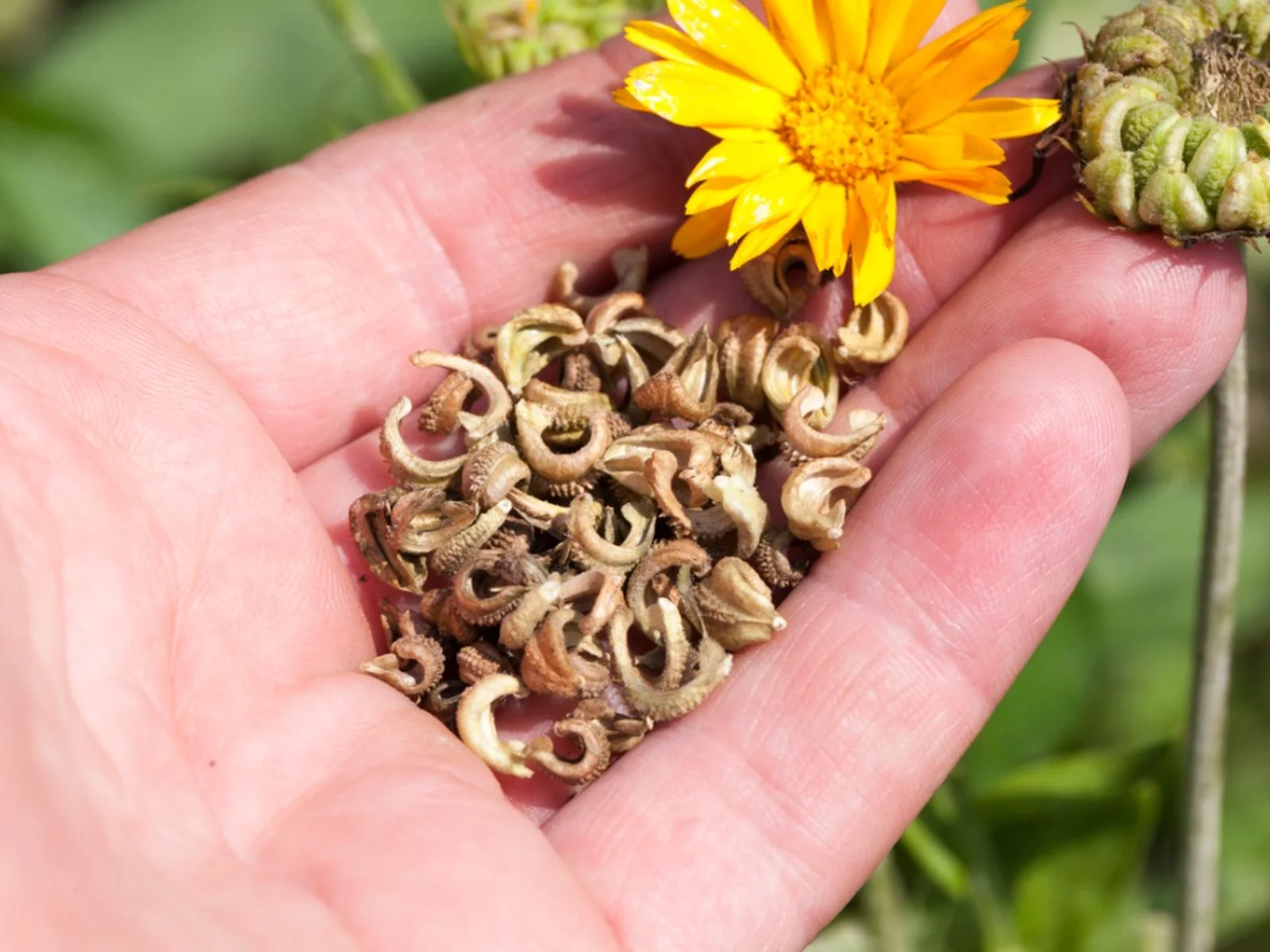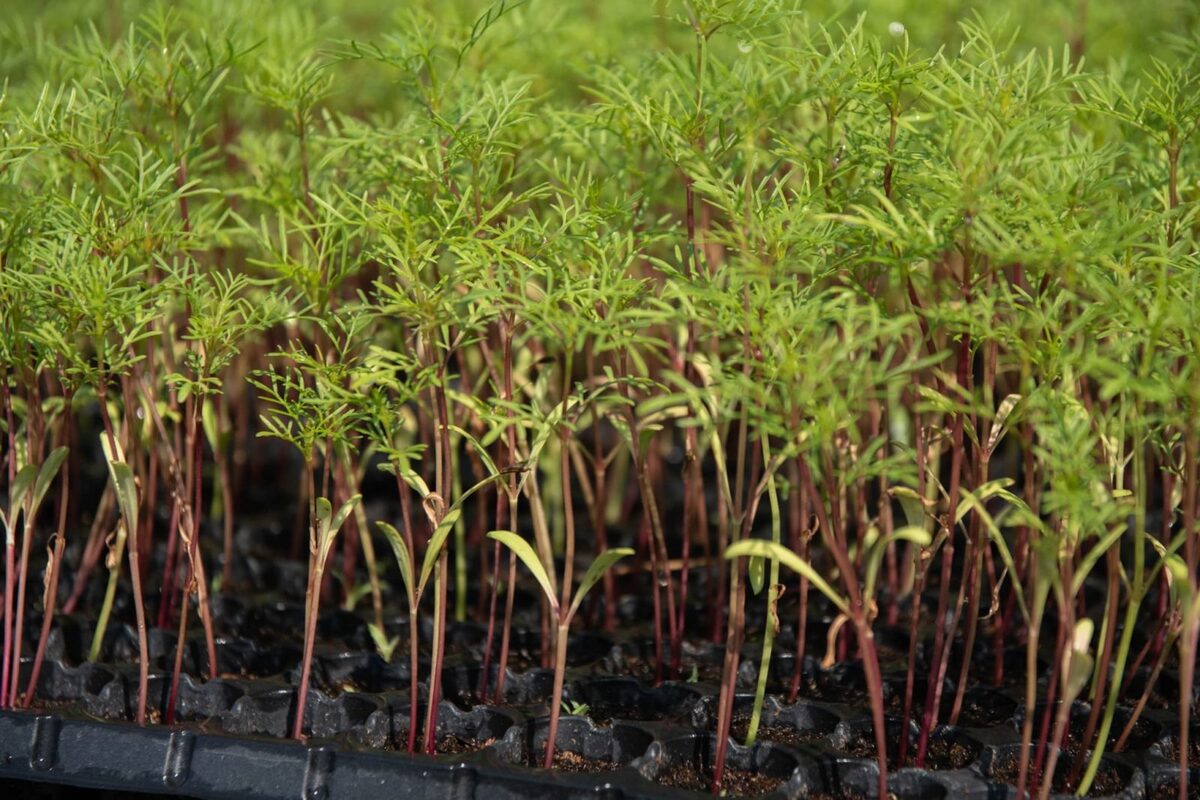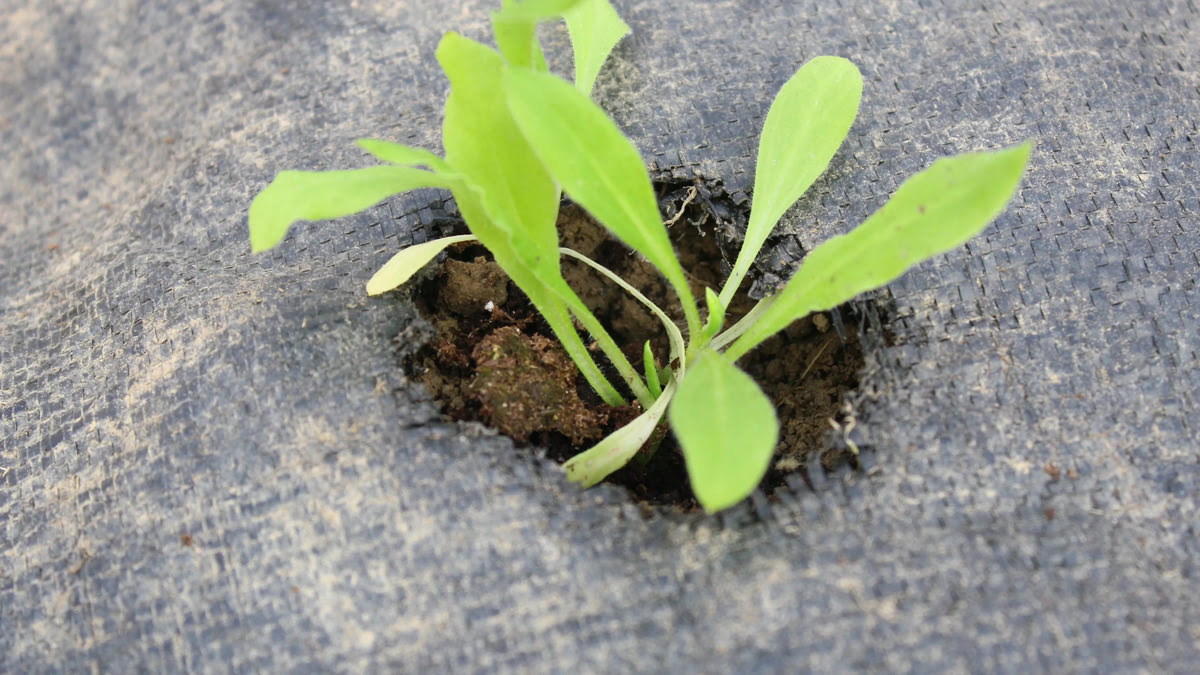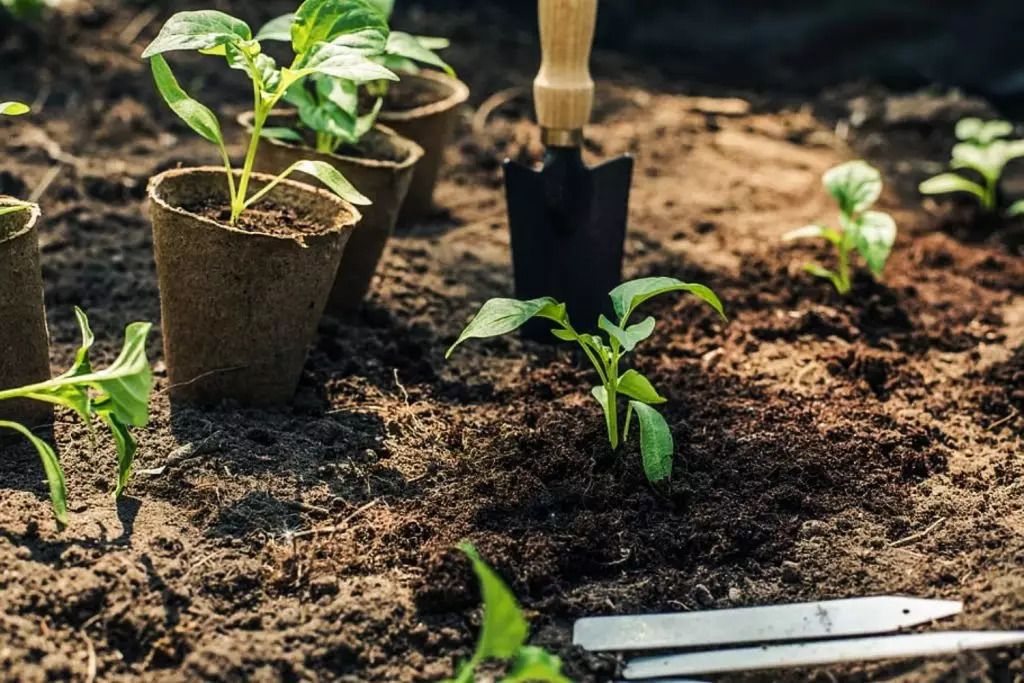Home>Types of Gardening>Ornamental Gardening>What Do Coleus Seeds Look Like
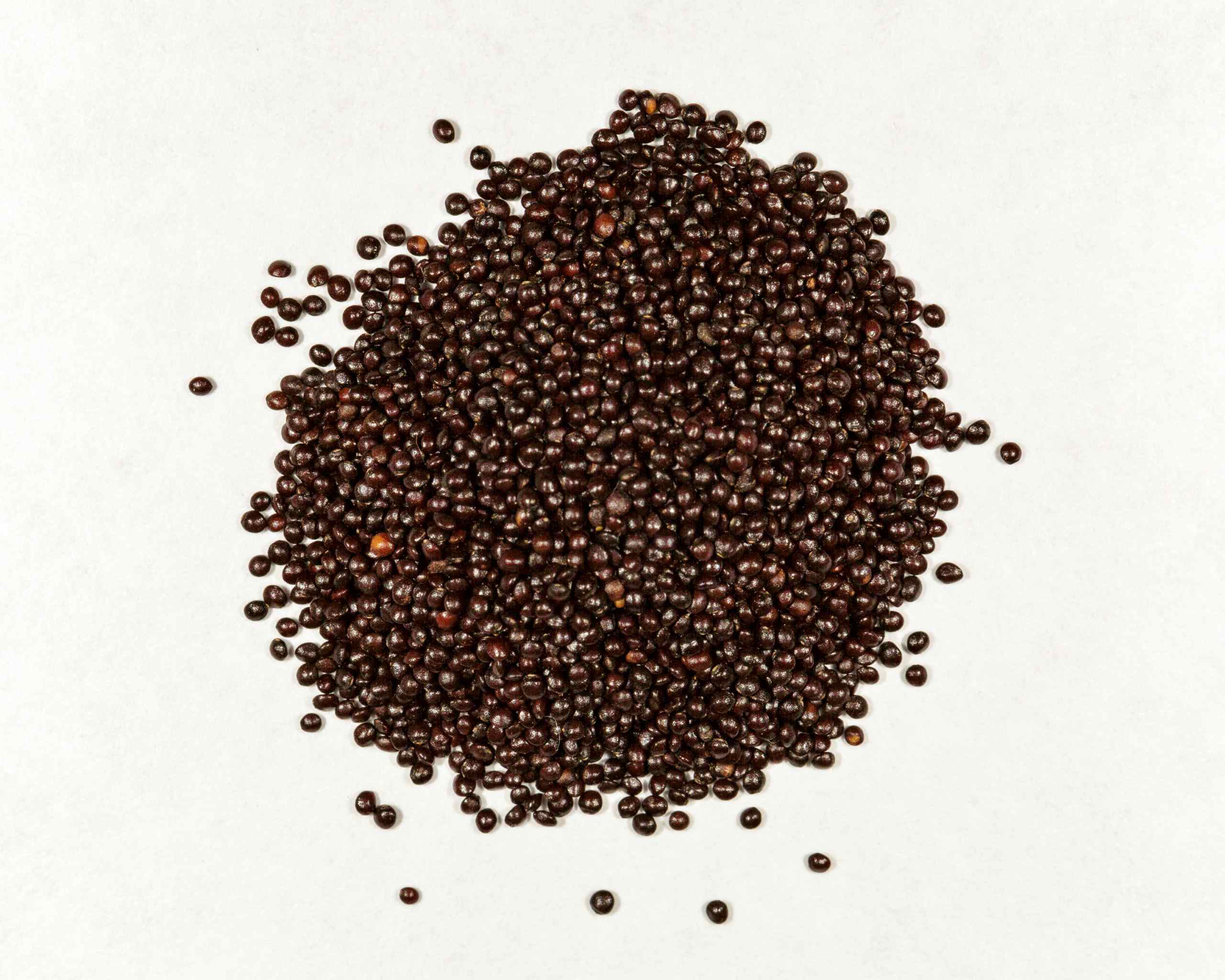

Ornamental Gardening
What Do Coleus Seeds Look Like
Modified: January 22, 2024
Discover what coleus seeds look like and how they can enhance your ornamental gardening. Get expert tips and advice on growing beautiful coleus plants from seed.
(Many of the links in this article redirect to a specific reviewed product. Your purchase of these products through affiliate links helps to generate commission for Chicagolandgardening.com, at no extra cost. Learn more)
Table of Contents
Introduction
Welcome to the wonderful world of ornamental gardening! If you have a passion for adding beauty and color to your outdoor spaces, then ornamental gardening is the perfect hobby for you. One plant that is sure to catch your attention is the Coleus, known for its vibrant foliage and versatility. But have you ever wondered what Coleus seeds look like?
In this article, we will explore the fascinating world of Coleus seeds and delve into their appearance, size, color, and other characteristics. By understanding the unique features of Coleus seeds, you will be better equipped to grow these stunning plants and create a visually captivating garden.
Whether you are a seasoned gardener or just starting out, knowing what Coleus seeds look like is essential. It will help you in identifying them, properly sowing them, and nurturing them into healthy plants. So, let us embark on this exploration of Coleus seeds and discover the secrets they hold within.
What are Coleus Seeds?
Coleus seeds refer to the reproductive structures of the Coleus plant, scientifically known as Solenostemon scutellarioides. These seeds contain the genetic information necessary for the growth and development of new Coleus plants. They are produced by the flowers of the Coleus plant, which are typically small in size and come in a variety of colors.
Coleus seeds are considered to be dicotyledonous, which means that they have two embryonic leaves or cotyledons. These embryonic leaves serve as the initial source of nutrition for the young Coleus plant until it is able to produce its own food through photosynthesis. The seeds also contain a protective seed coat, which helps to safeguard the embryo from external conditions and ensure its survival.
The production of Coleus seeds occurs following the pollination process, where pollen is transferred from the male reproductive organ of the flower (the stamen) to the female reproductive organ (the pistil). This fertilization process leads to the formation of seeds within the flower’s ovaries. As the seeds mature, the flower petals wither and fall away, leaving behind the seed-containing structures.
Coleus seeds are an integral part of the plant’s life cycle, as they hold the potential for new growth and reproduction. With proper care and cultivation, these seeds can be sown to produce a wide array of Coleus plant varieties, each with its own unique characteristics and beauty.
Varieties of Coleus Seeds
When it comes to Coleus seeds, there is a wide variety of options available to suit every gardener’s preferences. Over the years, plant breeders have developed numerous cultivars and hybrids, resulting in an extensive range of Coleus seed varieties. Let’s explore some popular ones:
- Wizard Series: This series is known for its vibrant colors and compact growth habit. With shades of red, yellow, orange, and pink, the Wizard Series adds a burst of color to any garden or container.
- Chocolate Mint: As the name suggests, this variety features leaves with a distinctive chocolate brown and mint green pattern. It adds a touch of elegance to any garden bed or border.
- FlameThrower Series: The FlameThrower series is characterized by its unique foliage colors that range from hot pinks and vibrant oranges to fiery reds and deep purples. It brings a dynamic and eye-catching element to any planting scheme.
- Kong Series: With their large, sturdy leaves and striking patterns, the Kong series stands out in any garden. They are available in a variety of colors, including green, red, and bronze, making them a versatile choice for any landscape.
- Fancy Feathers: This variety features frilly and ruffled foliage, resembling feathers. Its unique texture and intricate patterns make it a favorite among gardeners looking to add a touch of whimsy to their gardens.
These are just a few examples of the vast selection of Coleus seed varieties. Each variety offers its own charm and qualities, allowing you to create stunning combinations and displays in your ornamental garden.
Appearance and Size of Coleus Seeds
Coleus seeds come in various shapes, sizes, and colors, making them visually intriguing for both gardeners and plant enthusiasts. Let’s take a closer look at their appearance and size:
The shape of Coleus seeds can vary, but most commonly, they are small and round with a slightly flattened or oval shape. Some species may have elongated or irregularly-shaped seeds. The size of Coleus seeds also varies, usually ranging from about 1 to 2 millimeters in diameter.
When it comes to color, Coleus seeds are often dark brown or black. However, there are exceptions, as some varieties produce seeds that are light brown, tan, or even speckled. The dark coloration of Coleus seeds is attributed to the presence of pigments, which provide protection from UV radiation and other environmental factors.
In terms of texture, Coleus seeds have a smooth and glossy surface. This smoothness facilitates easy handling and allows for effective moisture absorption during the germination process. The seed coat, which protects the embryo, is thin and easily breakable, enabling the young plant to emerge from the seed and establish itself in the soil.
While individual Coleus seeds are relatively small, the plant can produce a significant number of seeds. This abundance ensures the plant’s survival and provides plenty of opportunities for propagation and cultivation.
Overall, the appearance and size of Coleus seeds showcase the diversity and adaptability of this plant species. Their small, round shape and dark coloration make them easily recognizable, and their smooth texture enables successful germination and growth.
Color of Coleus Seeds
The color of Coleus seeds is an intriguing aspect that adds to the overall allure of these plants. While they may appear dark brown or black, there is a surprising variety of seed colors within the Coleus species.
The most common color of Coleus seeds is a deep, rich brown or black. This coloration is due to the presence of pigments, such as melanin, which provide protection to the seeds against ultraviolet (UV) radiation and other environmental factors. These dark-colored seeds are often seen in wild and natural varieties of Coleus plants.
However, there are also Coleus seed varieties that exhibit lighter hues. Some seeds have a light brown or tan color, while others feature speckles or spots on their surface. These variations in color are the result of different genetic traits and mutations within the Coleus species.
It’s important to note that seed color does not necessarily indicate the color of the foliage that the plant will produce. Coleus plants are renowned for their vibrant and diverse foliage colors, which can range from shades of green, red, purple, pink, yellow, and even white. The color of the seed serves as a protective covering for the embryo, while the foliage color is determined by the combination of pigments in the leaves.
In ornamental gardening, the color of Coleus seeds can be used to create visually striking displays. By intentionally selecting different seed colors, gardeners can introduce an element of surprise and intrigue to their garden beds, containers, or hanging baskets. Mixing seeds of different colors can result in a captivating tapestry of Coleus foliage, showcasing the beauty and diversity of this plant species.
Whether dark brown or black, light brown or tan, or even speckled, the color of Coleus seeds adds another layer of fascination to these already captivating plants. So, don’t be surprised if you find yourself drawn to the mesmerizing colors and patterns of Coleus seeds as you embark on your next ornamental gardening adventure.
Texture and Surface of Coleus Seeds
The texture and surface of Coleus seeds play a crucial role in their germination and establishment as new plants. Understanding these characteristics can provide valuable insights into the care and handling of these seeds. Let’s explore the texture and surface of Coleus seeds in more detail.
Coleus seeds have a smooth and glossy surface. This smoothness allows for easy handling and efficient moisture absorption, which is essential for the germination process. The smooth surface also aids in the dispersal of the seeds, as they can easily glide through soil, water, or other materials that help to transport them to new locations.
The seed coat of Coleus seeds is thin and delicate, contributing to its smooth texture. This thinness allows the embryo to break through the seed coat during germination, emerging as a young plant. The relatively fragile nature of the seed coat also ensures that the emerging root and shoot can penetrate the surrounding soil or growing medium without obstruction.
Additionally, the smooth surface of Coleus seeds provides protection against certain environmental factors. The glossy exterior can help to repel water and prevent excessive moisture absorption, which could lead to seed rot or fungal growth. It also acts as a barrier against potential pathogens, protecting the embryo and ensuring its successful growth.
The texture and surface of Coleus seeds are important considerations when handling and storing them. To ensure optimal germination rates and seed viability, it’s essential to store the seeds in a cool, dry place. Excessive heat or humidity can negatively impact the seeds’ texture and surface, potentially leading to poor germination or seed damage.
By understanding the smooth and glossy texture of Coleus seeds, gardeners can take the necessary steps to provide the ideal conditions for germination and growth. Proper handling and storage will help maintain the integrity of the seeds’ surface and maximize their potential for developing into healthy Coleus plants.
Remember to handle Coleus seeds with care, ensuring a gentle touch to avoid damaging their delicate seed coat. With the right approach to texture and surface, you’ll set the stage for successful germination and the growth of vibrant Coleus plants in your garden or indoor spaces.
Other Characteristics of Coleus Seeds
In addition to their appearance, size, color, and texture, Coleus seeds possess other noteworthy characteristics that contribute to their uniqueness and adaptability. Let’s explore some of these intriguing features.
One notable characteristic of Coleus seeds is their ability to remain dormant until conditions are favorable for germination. This dormancy mechanism allows the seeds to withstand periods of unfavorable weather or environmental conditions, such as drought or cold temperatures. As a result, Coleus seeds can remain viable for several years, providing gardeners with the flexibility to sow them at their convenience.
Coleus seeds are also known for their relatively short germination period and high germination rates. Under optimal conditions, they can sprout within a week or two, depending on the variety and environmental factors. This rapid germination makes Coleus seeds a popular choice for gardeners who are eager to see their plants grow quickly.
Another interesting characteristic of Coleus seeds is their ability to hybridize and generate new varieties. With careful cross-pollination techniques, plant breeders can create unique combinations of traits and produce Coleus seeds with novel colors, patterns, and forms. This continuous hybridization contributes to the vast array of Coleus varieties available in the market today.
Furthermore, Coleus seeds exhibit a certain level of adaptability to different growing conditions. They can thrive in various soil types and tolerate a range of light conditions, from full sun to partial or even full shade. This adaptability makes Coleus seeds suitable for a wide range of garden settings, whether it’s a sunny flowerbed, a shaded corner, or a container garden.
Lastly, Coleus seeds are relatively easy to collect and save for future use. As the plants mature and produce flowers, the seeds develop within the dried flower heads. By gently shaking or tapping the flower head, the tiny seeds can be collected and stored for future sowing, allowing gardeners to preserve their favorite Coleus varieties or share them with fellow gardening enthusiasts.
The combination of these characteristics – dormancy, rapid germination, hybridization potential, adaptability, and ease of seed collection – make Coleus seeds an exciting choice for ornamental gardeners. Their versatility, combined with their unique traits, allows for endless possibilities in creating stunning displays of colorful foliage in gardens, containers, or indoor spaces.
Conclusion
Coleus seeds are not only the gateway to beautiful and vibrant Coleus plants but also a fascinating and diverse world unto themselves. Their appearance, size, color, texture, and other characteristics make them a captivating subject for ornamental gardeners and plant enthusiasts.
From smooth and glossy surfaces to a range of colors including dark brown, black, and speckled variations, Coleus seeds exhibit a wide array of visual features. Their small and round shape, along with a protective seed coat, ensures their viability and successful development into young plants.
The world of Coleus seeds is further enriched by the numerous varieties available, each with its own unique charm and qualities. Cultivars like the Wizard Series, Chocolate Mint, FlameThrower Series, Kong Series, and Fancy Feathers offer endless possibilities for creating stunning displays in gardens and other settings.
In addition to their visual appeal, Coleus seeds possess other notable characteristics such as dormancy, rapid germination, adaptability, and the ability to hybridize and create exciting new varieties. These qualities contribute to the versatility and adaptability of Coleus plants, making them suitable for a wide range of growing conditions.
As you embark on your ornamental gardening journey, take the time to appreciate the beauty and intrigue of Coleus seeds. Explore their unique features, experiment with different varieties, and unleash your creativity to create stunning displays of foliage in your outdoor spaces.
Remember, proper care in handling and storing Coleus seeds will ensure their viability and maximize their potential for healthy growth. With a little patience and nurturing, you’ll witness the magical transformation of tiny seeds into vibrant and flourishing Coleus plants that will bring joy and beauty to your ornamental garden.
